Gamekeeper’s Thumb, also known as Skier’s Thumb, results from acute or chronic injury of the ulnar collateral ligament (UCL). Ligaments are strong, flexible, fibrous connective tissues that connect bone to bone. The UCL is the main ligament, located on the inner aspect at the base of the thumb, which stabilizes the metacarpophalangeal (MCP) joint. The UCL may be strained or torn (partially or completely) producing a weakened grasping or pinching ability of the thumb.
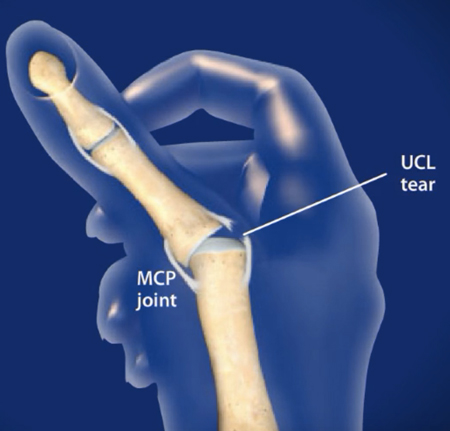
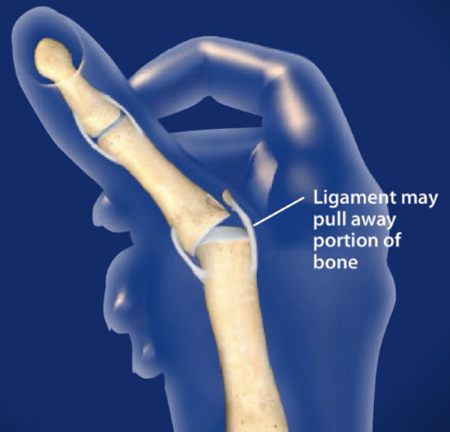
What causes GameKeeper’s Thumb?
Gamekeeper’s Thumb can be caused by acute injury or chronic overuse. This frequently results from a fall on an outstretched hand that violently pulls the thumb away from the index finger and can stretch or tear the UCL. This is common during skiing accidents when the skier falls without releasing the ski pole. Repetitive use injuries happen from the gradual wearing away of the UCL over time. Gamekeeper’s Thumb generally refers to this chronic type of injury. Rheumatoid arthritis and nicotine use can also weaken the ligaments making them more prone to injury.
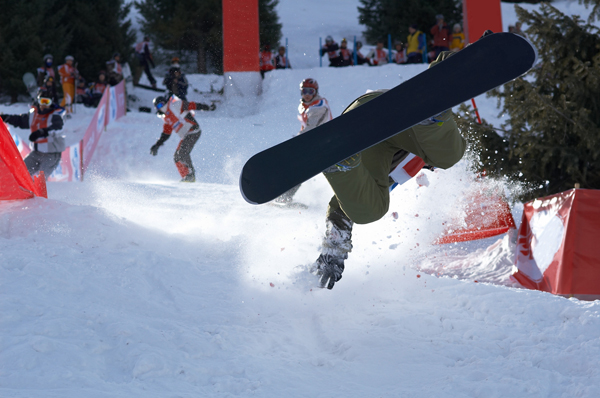
What are the symptoms of GameKeeper’s Thumb?
Symptoms are dependent on the cause and severity of injury to the UCL. Various levels of pain, bruising, or edema may present at the site of damage. Weakened grip or reduced thumb range of motion may occur. If the ligament is completely torn there may be a bump on the palmar aspect at the base of the thumb and the thumb may hang at an awkward angle.
How is GameKeeper’s Thumb diagnosed?
Early diagnosis is important in any hand injury to prevent possible long-term effects. In addition to a comprehensive history and review of symptoms, the physician will perform a physical examination of both hands and may order imaging test to confirm diagnosis. The doctor may manipulate the thumb (valgus stress test) in comparison to the opposite thumb to determine if there is any laxity. This may be done under local anesthetic since it can be very painful. X-rays are used to visualize the bones and rule-out possible fractures. MRI (magnetic resonance imaging) and ultrasound may be ordered to observe the severity of soft tissue damage.

How is GameKeeper’s Thumb treated?
Non-surgical
If damage to the UCL is minor non-surgical treatment may be indicated. Ice packs may be used during the first few days after injury to soothe pain and reduce swelling. The doctor will likely immobilize the thumb in a cast or splint which is worn continuously form the first 3 weeks or so. After that time the splint may be removed to perform hand therapy and strength exercises only. Total time in thumb splint is usually about 4 – 6 weeks.
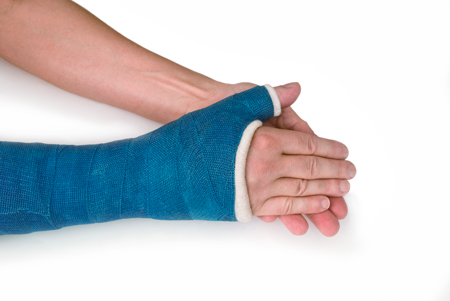
Surgical
Major injury to the UCL will require surgical fixation as soon as possible. Delay in obtaining surgical intervention can increase complications and reduce the likelihood of full return of function. Surgical repair of the UCL can be performed on an outpatient basis using a minimally invasive approach. The ligament is anchored back to the bone using pins or sutures. The thumb is then placed in a cast or splint to protect the repair. Eventually hand therapy is used to restore function and range of motion to the thumb.
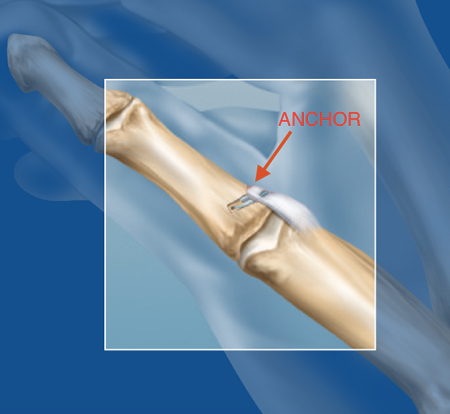


0 Comments